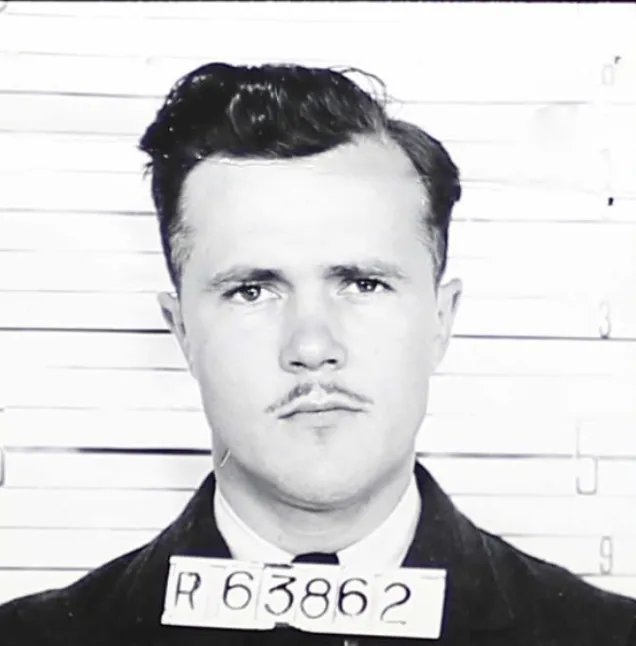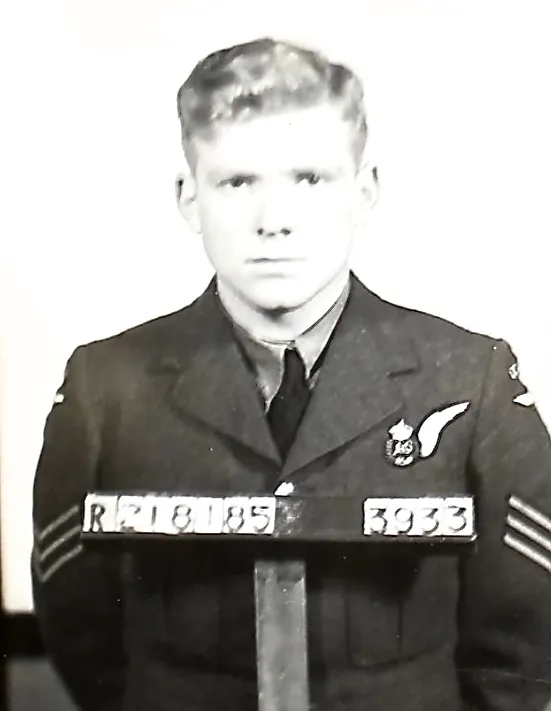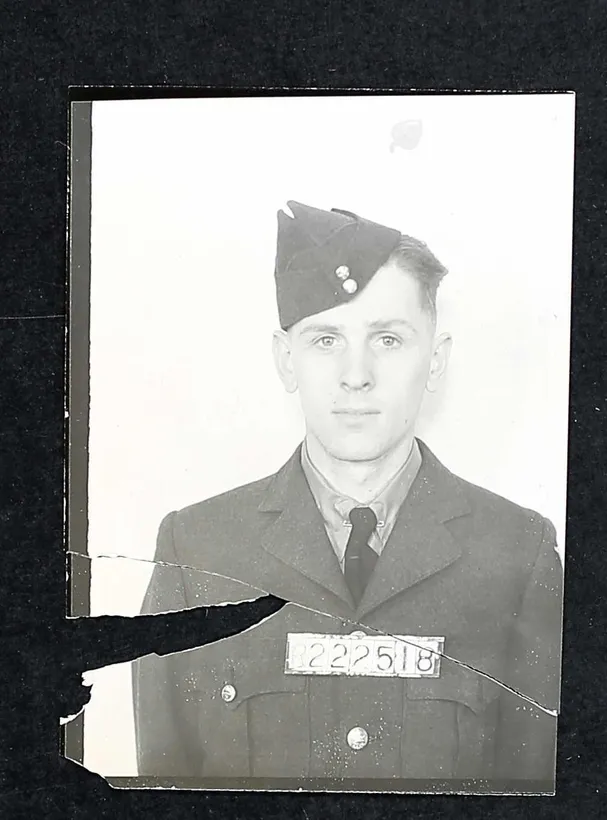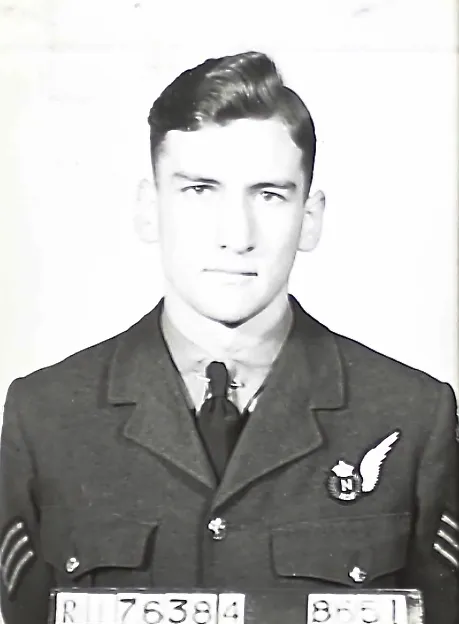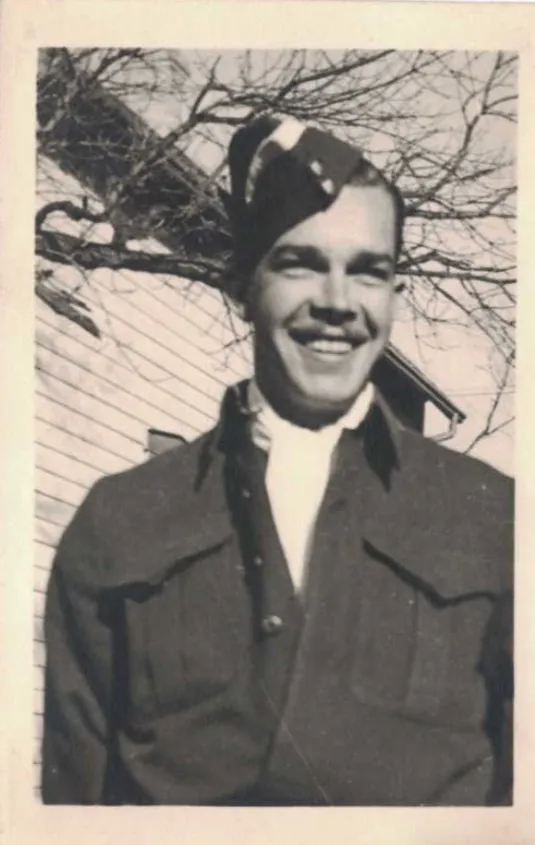Munro, James Cameron (Flying Officer)
Killed in Action 1944-December-17
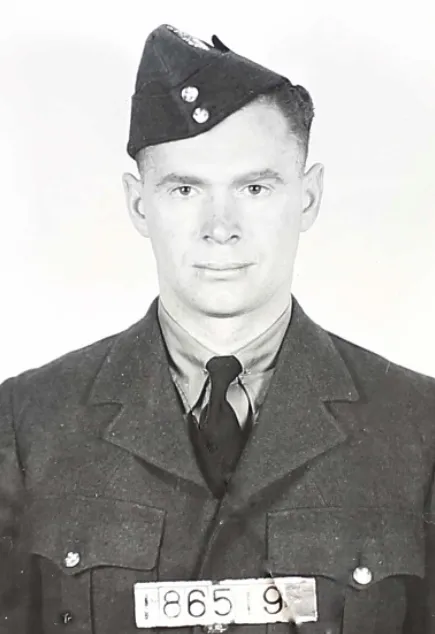

Birth Date: unkown date
Born:
Parents: James Munro & Annie Munro (nee Coulthard)
Spouse: Geraldine Munro, of Fort William, Ontario.
Home: Calgary, Alberta
Enlistment:
Enlistment Date: unkown date
Service
RCAF
Unit
101 Sqn- Squadron (RAF)
Mens Agitat Molem Mind over matter
Base
RAF Ludford Magna
Rank
Flying Officer
Position
Wireless Air Gunner
Service Numbers
J/36591
Prev: R/186919
Crew or Other Personnel
Lancaster NG131
Mission
Lancaster Mk.I NG131
SOE 1944-December-17 to 1944-December-17
101 (B) Sqn (RAF) Ludford Magna
Took off from Ludford Magna at 15:28 in Lancaster Mk I (Sqn code SR-W Bomber Command) on an operation Ulm Germany to on ABC duties.
101 Squadron Lancasters were in 1943 equipped with a top secret radio jamming system codenamed "Airborne Cigar" (ABC) operated by an eighth crew member who could understand German, some with German or Jewish backgrounds known as "special operators" commonly abbreviated to "spec ops" or "SO". They sat in a curtained off area towards the rear of the aircraft and located and jammed German fighter controller's broadcasts, occasionally posing as controllers to spread disinformation. The aircraft fitted with the system were distinctive due to the two large vertical antennae rising from the middle of the fuselage. Deliberately breaking the standing operating procedure of radio silence to conduct the jamming made the aircraft highly vulnerable to being tracked and attacked, which resulted in 101 Squadron having the highest casualty rate of any RAF squadron.(Source Wikipedia)
Claimed by an unkown crew 4/NJG5 - South outskirts of Ulm (CU 63): 3,300m at 19:40. (Nachtjagd Combat Archive 1944 Part 5 - Theo Boiten) Crashed 7km NNE of Ulm
The crew were initially buried in a collective grave at Albeck Cemetery. Reinterred 30 September 1948. (CWGC)Killed: Pilot Officer Frank Coulson RCAF J/91041 KIA Durnbach War Cemetery, Germany Coll. grave 8. E. 28-32. Pilot Officer Edmund Alfred John Davies RCAF J/95220 KIA Durnbach War Cemetery Coll. grave 8. E. 28-32. Pilot Officer George Edward Deatherage RCAF J/92211 KIA Durnbach War Cemetery Coll. grave 8. E. 28-32. Pilot Officer Raymond Ervin Hine RCAF J/91198 KIA Durnbach War Cemetery Coll. grave 8. E. 28-32. Flying Officer Donald George Henry Ireland RCAF J/88130 pilot KIA Durnbach War Cemetery Coll. grave 8. E. 28-32. Flying Officer James Cameron Munro RCAF J/36591 KIA Durnbach War Cemetery Coll. grave 8. E. 28-32. Sergeant Harold John Black RAF KIA Durnbach War Cemetery Coll. grave 8. E. 28-32. Sergeant Ernest John Hartman RAF KIA Durnbach War Cemetery Coll. grave 8. E. 28-32.
The crew were initially buried in a collective grave at Albeck Cemetery. Reinterred 30 September 1948. (CWGC)
Lancaster serial: NG131

Canadian Warplane Heritage Museum
The Avro Lancaster is a British Second World War heavy bomber. It was designed and manufactured by Avro as a contemporary of the Handley Page Halifax, both bombers having been developed to the same specification, as well as the Short Stirling, all three aircraft being four-engined heavy bombers adopted by the Royal Air Force (RAF) during the same wartime era.
The Lancaster has its origins in the twin-engine Avro Manchester which had been developed during the late 1930s in response to the Air Ministry Specification P.13/36 for a capable medium bomber for "world-wide use". Originally developed as an evolution of the Manchester (which had proved troublesome in service and was retired in 1942), the Lancaster was designed by Roy Chadwick and powered by four Rolls-Royce Merlins and in one version, Bristol Hercules engines. It first saw service with RAF Bomber Command in 1942 and as the strategic bombing offensive over Europe gathered momentum, it was the main aircraft for the night-time bombing campaigns that followed. As increasing numbers of the type were produced, it became the principal heavy bomber used by the RAF, the Royal Canadian Air Force (RCAF) and squadrons from other Commonwealth and European countries serving within the RAF, overshadowing the Halifax and Stirling. Wikipedia
Unit Desciption
101 Sqn Mens Agitat Molem ()
No. 101 Squadron RAF was originally formed within the RFC as a bomber unit in July 1917. It was disbanded in December 1919, then re-formed at Bircham Newton, Norfolk, in 1928, being the only operational squadron to fly the Boulton Paul Sidestrand and Overstrand aircraft. These were the first RAF bombers to have enclosed and power-operated turrets. When WWII broke out, the squadron was based at West Raynham, Norfolk, having now equipped with Bristol Blenheim aircraft. It was a reserve squadron until its first operation against Germany in July, 1940, and it later spent the greater part of its attacks on the barges in the channel and North Sea ports, which had been gathered for operation SEALION, the projected German invasion of Britain. In April 1941, a flight of the squadron's Blenheims was detached to Manston in Fighter Command's No. 11 Group, and from there it attacked enemy shipping during daylight, in an operation known as Channel Stop. In June, 1940 the squadron moved to Oakington, Cambridgeshire, where it remained until February 1942, when it moved to Bourne, Cambridgeshire.
During May and June 1941, the squadron converted to Vickers Wellingtons and flew with Bomber Command. It participated in all three 1000-bomber raids to Cologne, Essen and Bremen in 1942. In August 1942 the squadron moved to Stradishall, Suffolk, and in September to Holme-on-Spalding Moor, Yorkshire. Later in the year the squadron converted to Avro Lancaster aircraft, and continued the Bomber Command assault on Germany and Italy. In June 1943 the squadron moved again, to Ludford Magna, Lincolnshire. It participated in the raid on the rocket development centre at Peenemunde, and was fortunate enough to evade the enemy night fighters on that occasion.
In late 1943 the squadron was given a new function within Bomber Command, that of Radio Counter Measures, to attempt to cut the radio communications between the German night fighter controllers and the fighter pilots. Each aircraft was equipped with the radio device known as A.B.C. or Airborne Cigar. A special German-speaking radio operator in the aircraft used the ABC equipment to scan the appropriate frequencies, and when the German signals were detected, jamming was started by transmitting a warbling note. The Lancaster aircraft carrying ABC were easily distinguished because they carried three large aerials, two dorsally and one under the nose. In addition to the ABC equipment, the Lancasters carried a full bomb load. Unfortunately, because they transmitted strong signals, it was possible for night fighters to seek them out, and squadron losses were relatively high as a consequence; only three other Lancaster squadrons had higher losses. On the night of 5/6 June 1944, the squadron put up 21 ABC Lancasters to jam enemy wireless communications to prevent night fighters from being directed to the airborne invasion forces.
After its last operational mission, to Berchtesgaden in late April 1945, the squadron participated in operation MANNA, dropping food to help the staving populace of the Netherlands. It also was part of operation DODGE, bringing back British troops from Italy. The squadron moved to Binbrook, Lincolnshire in October 1945. It was successively equipped with Avro Lincoln, English Electric Canberra and Avro Vulcan aircraft.


